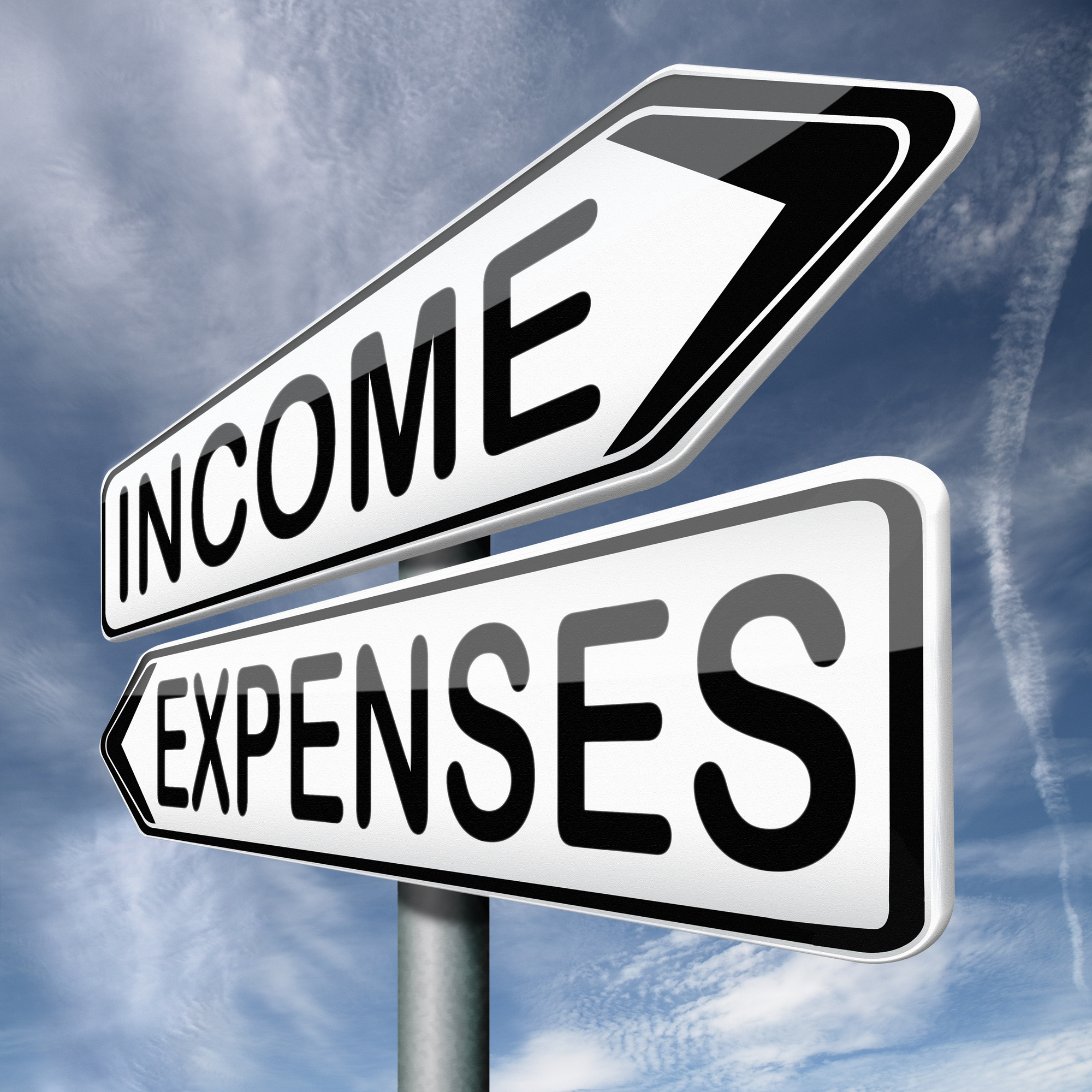Annual Filings Needed for Singapore Companies
Annual Filings Needed for Singapore Companies
Preparation of Financial Statements
You are required to prepare your annual financial statements in accordance with the Financial Reporting Standards of Singapore and it should be based on your company’s financial activities during the accounting year. It is highly recommended for companies with medium to large number of accounting transactions each month to perform monthly bookkeeping to keep your ledgers in order. However, if the accounting transactions are small, bookkeeping can be done on a quarterly or annual basis. Financial statements should include Statement of Comprehensive Income, Cash Flow Statement, Statement of Financial Position and Statement of Changes in Equity. This guide will let you have more information on the annual filings needed for Singapore Companies.
Filing of Estimated Chargeable Income (ECI)
Revenue amount and Estimated Chargeable Income must be declared by filing the ECI form with Inland Revenue Authority of Singapore within the 3 months of the Financial Year End for the company. Even if the estimated ECI is zero, companies are still needed to file a “Nil” ECI.
Audit of Financial Statements
When the preparations for the financial statements are ready, the company might be required to have its financial statements audited if the company meets any 2 of the following 3 conditions:
- Total annual revenue exceeding S$10 million;
- Total assets exceeding S$10 million; or
- Has more than 50 employees
Company will be assessed on a group consolidated basis if the company is part of a group.
Annual General Meeting (AGM)
Every company in Singapore must hold an Annual General Meeting once every calendar year. Following rules apply to AGMs:
- First AGM must be held within 18 months of its incorporation;
- No more than 15 months between the subsequent AGMs;
- Accounts need to be prepared and presented up to a date not more than 5 months before the AGM;
- Members of private companies with voting rights can dispense with AGMs if they came up with a resolution during a general meeting.
Filing of Annual Return with ACRA
Within 1 month of the company’s AGM, every Singapore Company must submit an Annual Return with ACRA. It must include particulars of the company officers, auditors and registered address. Company’s account is governed by the applicable rules here.
Filing of Annual Tax Return with IRAS
By November 30, every Singapore Company must file its annual tax return with IRAS. Preceding year basis is adopted for taxation. Preceding’s year financial year ending profits will form the basis for filing the tax return in the current year.
Directors of the company are accountable and have to comply with the annual filing requirements. It is an office and they can be fined if they don’t comply with the filing requirements.
Singapore private limited companies must do annual filing and it will apply to both active and inactive companies.
For an overview, please view Compliance Requirements for Singapore Companies.






